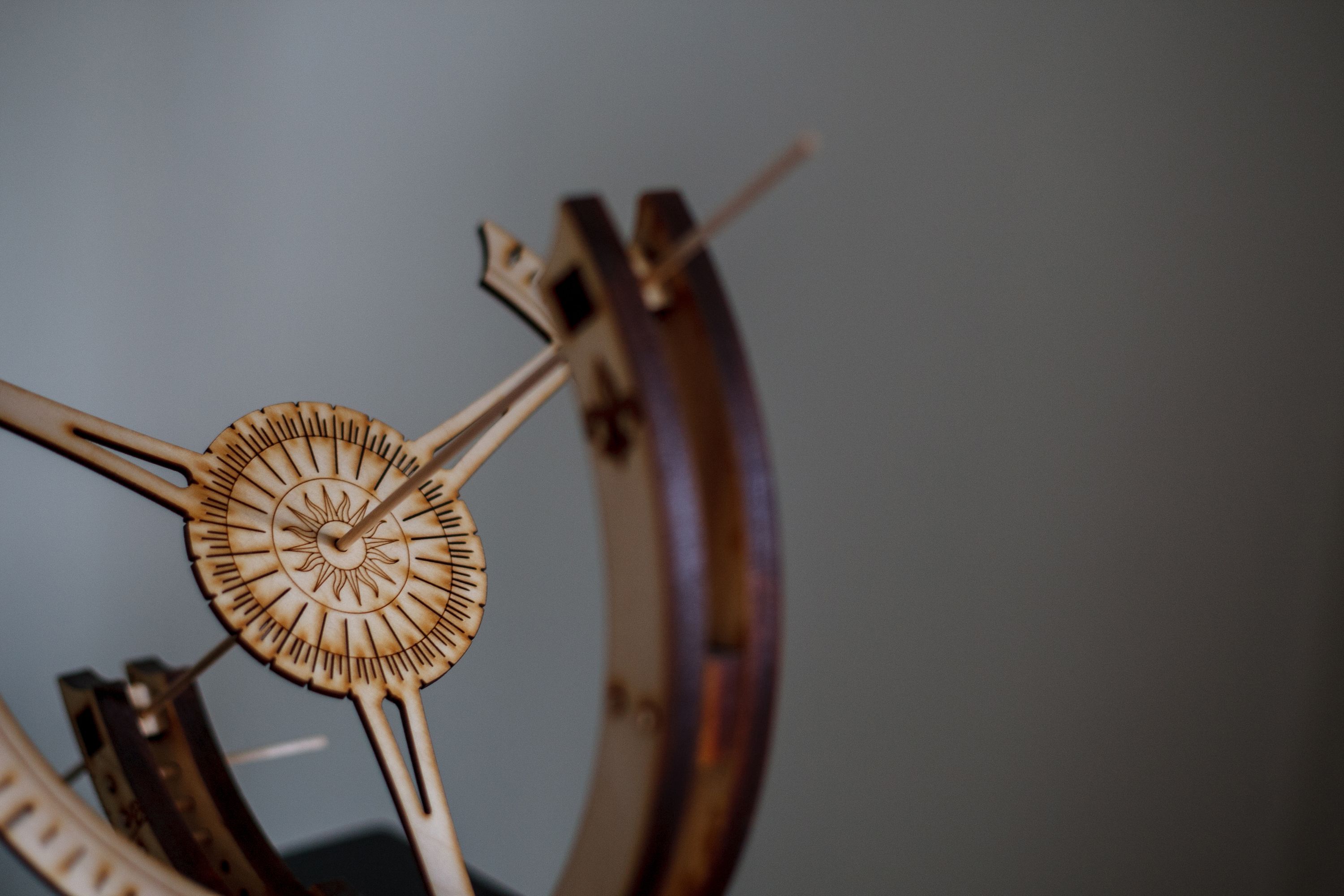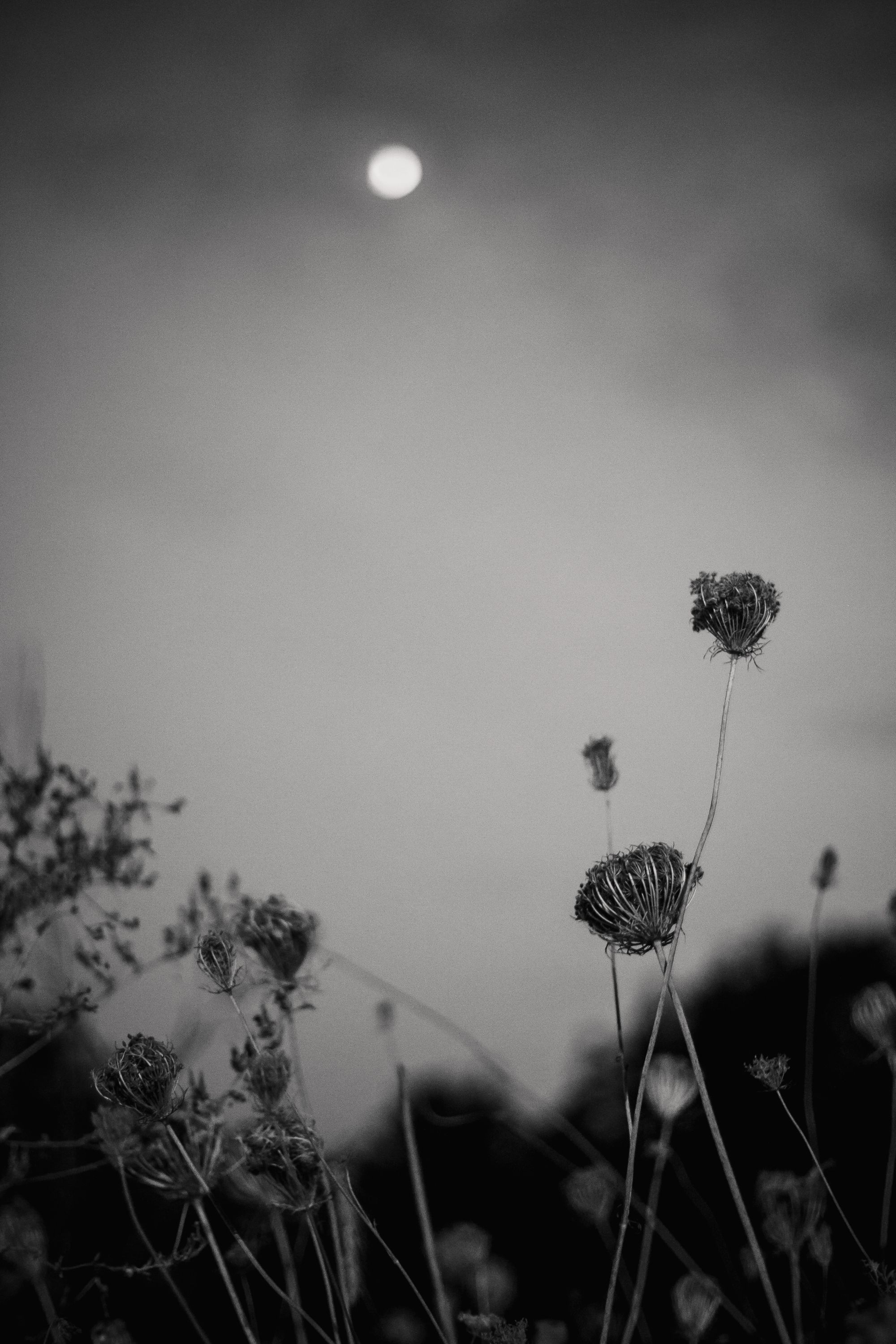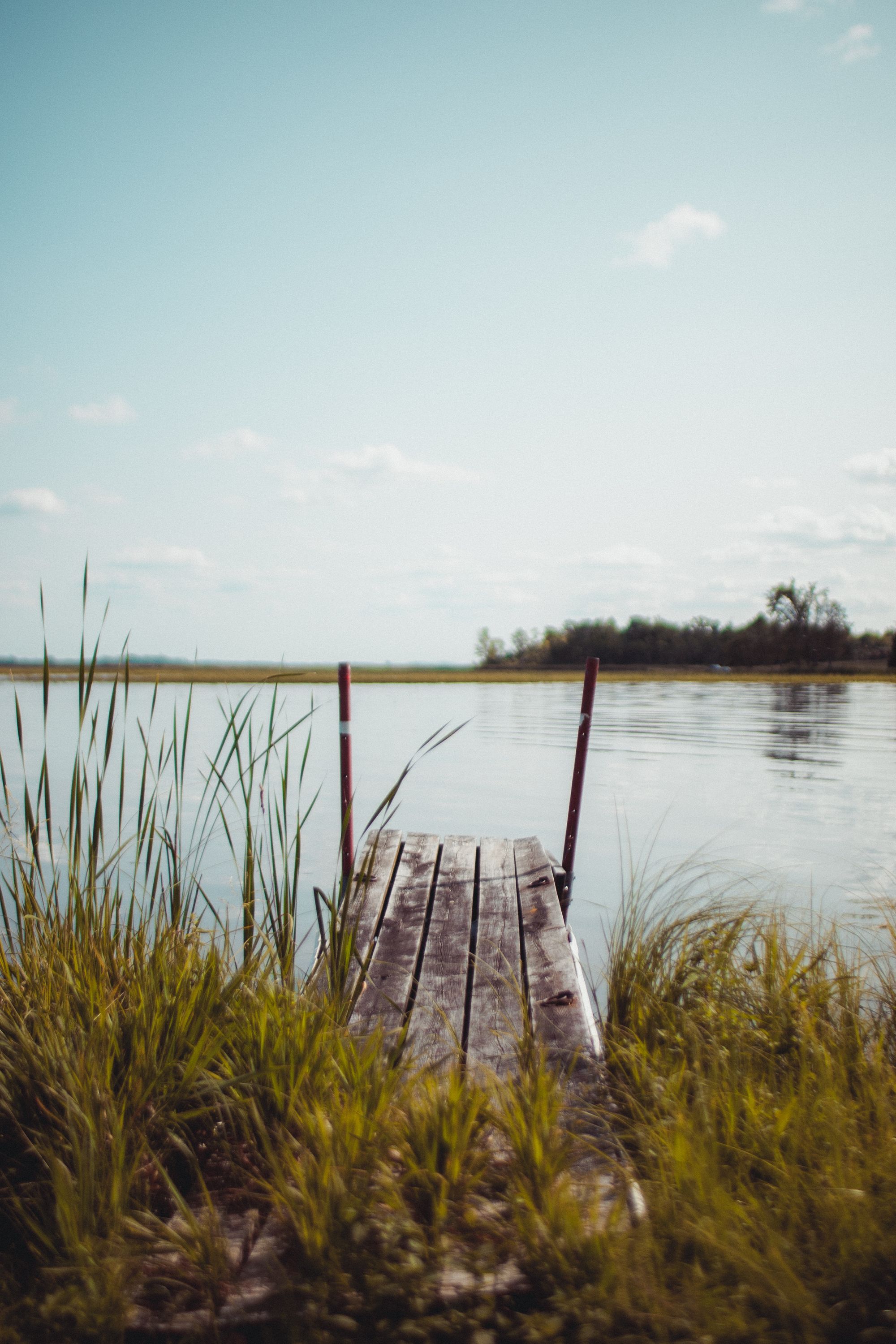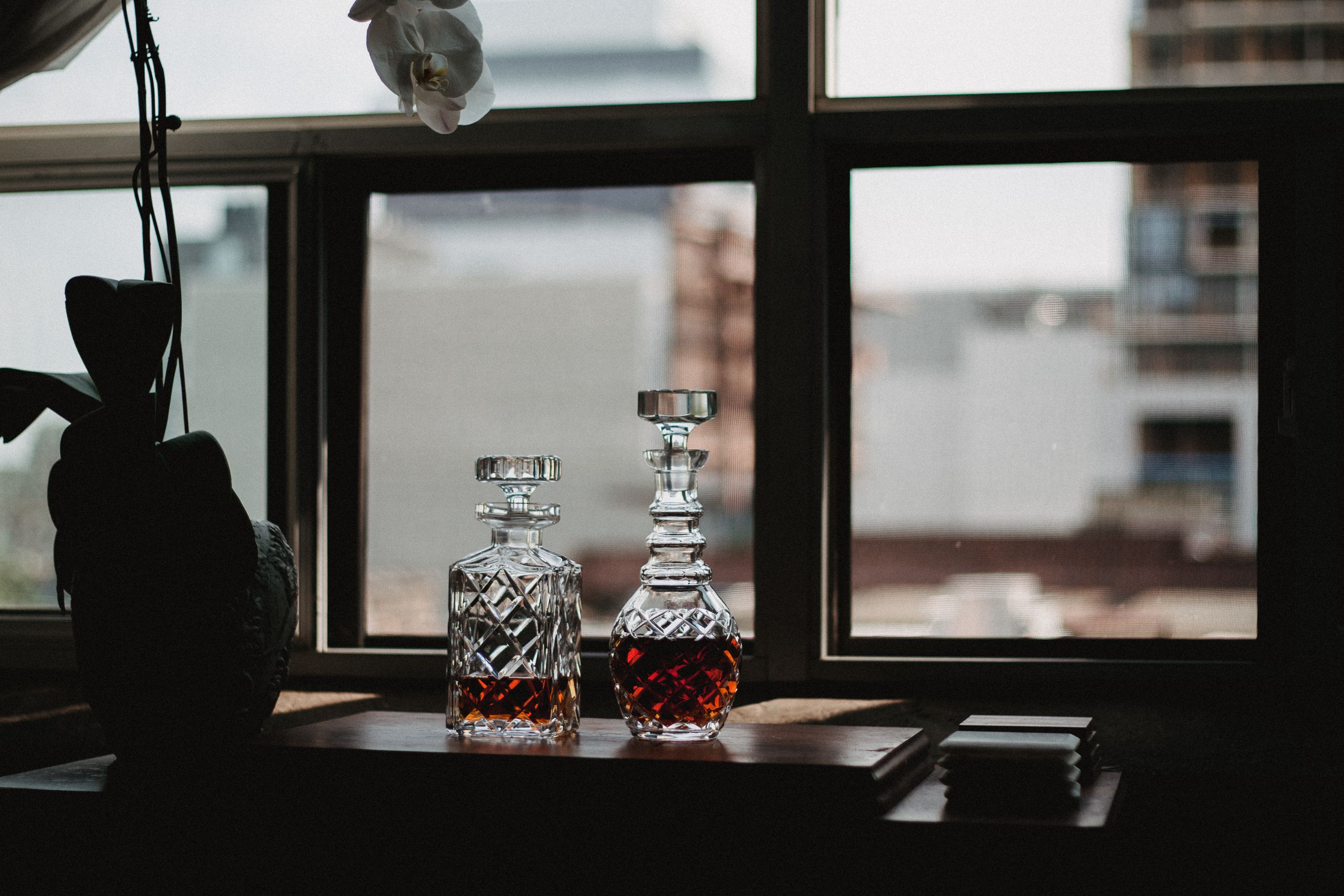Canon 1D Mark III Review
10 years on, yesterday’s flagship is still capable and reliable today

I don’t know why, but something about the 1D camera bodies from Canon has always held a strange appeal for me.
As the flagship model designation, the 1D series has remained firmly out of reach of most non-professional photographers, myself included. But it’s not as if only the latest model is worth using, so when an opportunity came up for me to snag a 1D Mark III, I took a chance on the old thing to see how it fares in the modern camera landscape.
It turns out that even ten years after its release, the 1D Mark III remains a powerful, quick, and virtually indestructible imaging tool.

Colour & Output
When this camera hit the market, Canon was still working on convincing film shooters that digital could replace the colour fidelity, detail, and character of their film bodies.

The original 5D is still renowned for its colour science, and the 1D Mark III, while built for speed, is cut from the same cloth when it comes to image output. This sensor just oozes character.

Colours are vibrant and tasteful, and they translate very well to print. The images are 10MP, which is less than my iPhone, but the sensor holds up remarkably well, with very low noise, a lot of detail, and more dynamic range than I anticipated. Processing the raws is also incredibly quick compared to the heavy files from modern cameras. It feels liberating to be able to quickly zip through a card full of edits and not even wake the fans on my iMac.

Shooting
Boy, this thing is heavy!
It’s obvious, but coming from any mirrorless body, a 1D feels like an actual brick. It behaves like one too: I’m pretty sure I could hammer nails with it. It’ll handle anything you throw at it, and destroy anything you throw it at—there’s something reassuring about that.

Bulk aside, the most peculiar aspect of shooting with it was the lack of auto ISO. I typically shoot aperture priority, with auto ISO enabled, and use exposure compensation to bias the exposure whichever way I need it to go.
On the 1D Mark III, ISO can only be automated by a system called Safety Shift, which works about the same but doesn’t allow you to specify a minimum shutter speed or a range or anything like that. Makes me appreciate how far we’ve come with technology, and how skilled photographers had to be before all the contemporary conveniences.

Beyond that though, it was smooth sailing: metering is accurate, autofocus is extremely fast (I was mostly using the good old nifty fifty), you have a 10fps burst if you need it, and white balance is great…as long as you aren’t indoors under artificial lighting (older Canon bodies are notoriously terrible here—everything turns to Cheez-Whiz).

Lastly, I just want to mention battery life. I believe that the 1D Mark III has the longest battery life of any Canon DSLR ever, rated for something crazy like 2,200 shots per charge. Mine has a second battery, but I can’t imagine ever needing to use it. I’ve left it on all day while shooting extensively and had plenty of juice left over for a second, third, and fourth day. Its battery life is so good that you don’t have to worry about it.
One of the perks of a bigger, less technologically sophisticated body.
Yesterday’s Flagship
I used my 1D Mark III on a client shoot recently, and their favourite image from the set ended up coming not from one of my fancy modern cameras, but from the 10-year-old Canon. Go figure!
Now, I’m not encouraging anyone to go out and buy one of these beasts, but it’s nice to be reminded every now and then that you don’t need to be shooting with the latest and greatest to get good results.







If you find a used one and feel like experimenting, this makes for a very satisfying camera that’s no less capable today than when it was released.
Until next time…happy photo making, everyone!